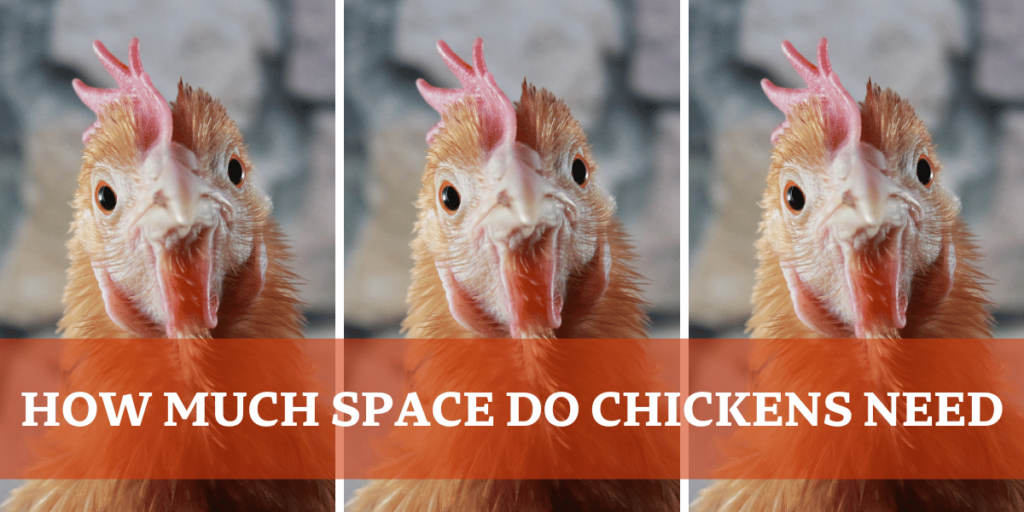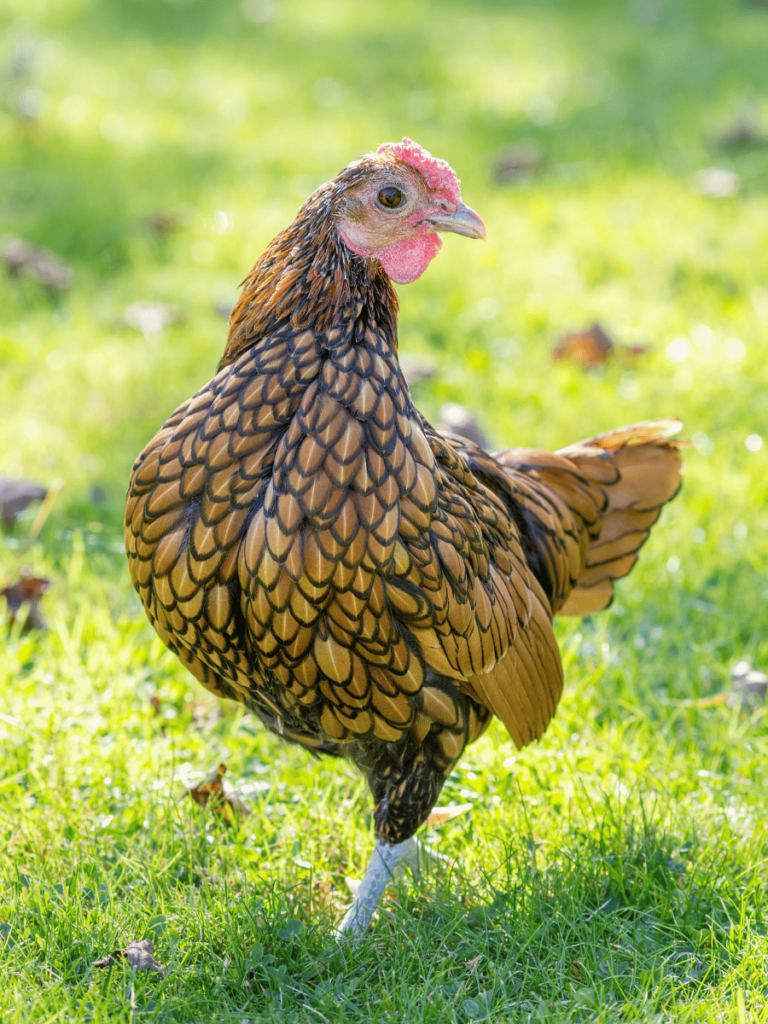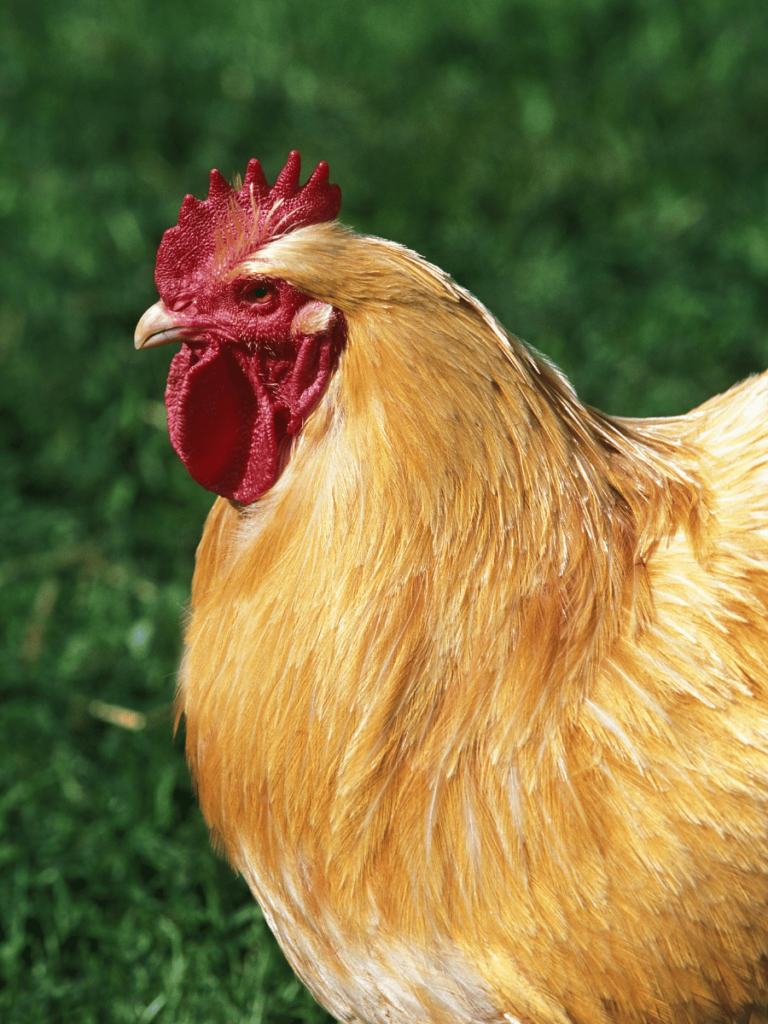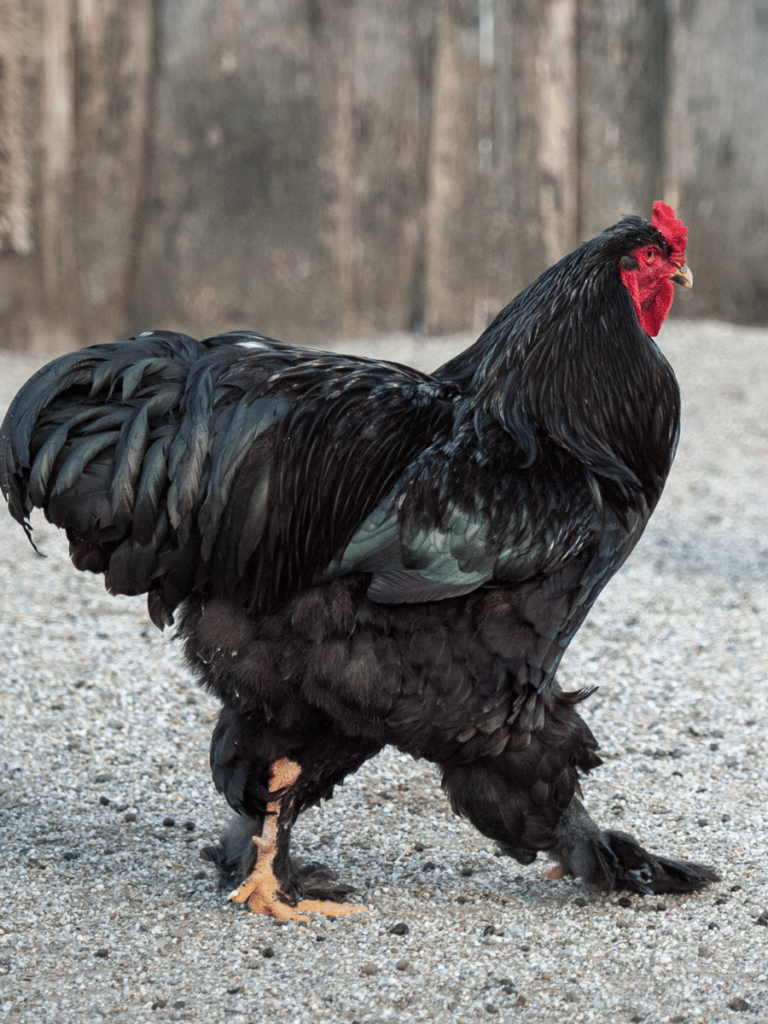
DOES SIZE REALLY MATTER? In the ever-growing world of homesteading and backyard chickens, the answer is yes! So how much space do chickens need for a happy and healthy life? This question is not only common but crucial for ensuring the well-being of your flock.
This comprehensive guide talks about everything you need to know when caring for chickens. It also will cover various topics, from essential coop setups to accommodating different chicken breeds.
Backed by reliable studies, the guide provides practical advice on run spaces and coop sizes, equipping you to create an ideal environment for your feathered companions.
Whether you’re a seasoned homesteader or a beginner just starting out, understanding the space needs of chickens is vital.
We will break down everything you need to know in a clear and engaging way, making it easy for you to apply these insights to your own backyard farm.
So, let’s embark on this journey together and uncover the best practices for raising a happy, healthy flock. The well-being of your chickens starts with providing the right amount of space, and we’re here to help you every step of the way. Let’s dig in and get started!
This Post Is All About How Much Space Do Chickens Need.
The Basics of Chicken Setups
Before we get into the nitty-gritty of space requirements, let’s talk about the basic setup for keeping chickens. You’ll need several key components to ensure your chickens are happy and healthy:
The Coop
Your chicken coop is more than just a shelter; it’s their home. The size of your chicken coop is vital as it must provide enough space for your chickens to roost, lay eggs, and stay safe from predators.
A well-designed coop not only ensures the physical well-being of your chickens but also contributes to their overall happiness and productivity.
The general rule of thumb is to provide at least 3-4 square feet of coop space per chicken. This space allows them to move around comfortably without being cramped, which is crucial for preventing stress and promoting healthy behaviors.
Additionally, ample space inside the coop can reduce the risk of disease transmission and pecking order disputes, ensuring a harmonious living environment for your flock.
By providing a spacious and well-equipped home for your chickens, you are investing in their well-being and in turn, ensuring a steady supply of fresh eggs.
Check out this video from Third Coast Craftsman where he breaks down how to build your own chicken coup!
The Chicken Run
The chicken run is an outdoor area where your chickens can move freely, scratch, and forage, providing them with the opportunity to engage in their natural behaviors and enjoy the fresh air.
The amount of space you provide here can vary, but a good rule of thumb is to offer at least 8-10 square feet of outdoor space per chicken.
This ensures they have enough room to exhibit natural behaviors such as dust bathing, pecking, and scratching, which are crucial for their physical and mental well-being.
We’ve always been told that the more room chickens have to roam, the better.
Feeding and Watering
Adequate space for feeding and watering stations is also essential in maintaining a healthy flock. Ensure that all chickens have simultaneous access to food and water to prevent bullying and ensure everyone is well-fed.
This may involve placing multiple feeders and waterers around the coop or run to minimize competition and stress among the birds. Regularly check and clean these stations to maintain hygiene and prevent the spread of disease.
Nesting Boxes and Roosting Bars
Provide one nesting box for every 4-5 hens. Nest boxes should be cozy and filled with clean bedding like straw or wood shavings.
Roosting bars should be placed higher than the nest boxes to encourage the chickens to roost there at night, helping to keep nest boxes clean.
Click Here To Read A Fun Fact!
Chickens prefer nesting boxes with curtains for privacy. Adding a cloth or old t-shirt curtain can make hens feel secure, leading to cleaner, better eggs.
Similarly, Chickens prefer rounded roosting bars over flat ones as they mimic natural branches they’d roost on in the wild. Adding these touches to your coop can boost your chickens’ happiness and productivity.
Chicken Breeds and Space Requirements
Not all chickens are created equal, especially when it comes to their space needs. Here’s a quick overview of how different breeds fare in various environments:

Smaller Breeds
Breeds like Bantam chickens and Plymouth Rock are compact and can thrive in smaller coops and runs.
They still need adequate space to prevent stress and behavioral issues, but they can make do with less room.

Medium-sized Chickens
Rhode Island Reds and Buff Orpingtons are versatile birds that can adapt to different environments.
They thrive with approximately 4 square feet of coop space and 10 square feet of run space per bird.

Large Breeds
For larger breeds like Jersey Giants and other heavy breeds, prioritize providing ample space.
These birds can require up to 6 square feet of coop space and 15 square feet of run space to stay healthy and active.
Studies on Chicken Space Requirements
Several studies have been conducted to understand the impact of space on chicken health and behavior. Here are some key findings:
Health and Egg Production
Research shows that chickens with more space exhibit better health and higher egg production. Confined space can lead to stress, negatively impacting both egg quality and quantity. Free-range chickens often lay more eggs compared to those kept in confined spaces (Smith et al., 2018).
Behavioral Benefits
Chickens are social animals with complex behaviors. Studies suggest that providing adequate space allows chickens to exhibit natural behaviors like foraging, dust bathing, and establishing a pecking order, which are essential for their mental and physical well-being (Johnson & Williams, 2020).
Aggressive Behavior
Overcrowding can lead to aggressive behavior among chickens, such as feather pecking and even cannibalism. Ensuring your chickens have enough space reduces these risks and promotes a harmonious flock (Brown et al., 2019).
Practical Guidelines for Run Spaces and Coops
Now that we’ve explored the theory, let’s get practical. Here’s how to measure and create the perfect space for your backyard chickens.
Measuring the Space
The amount of space you’ll need depends on the number of chickens and their breeds. Use the following guidelines:
- Coop Space: 3-4 square feet per standard-size chicken; 6 square feet for larger breeds.
- Run Space: 8-10 square feet per bird; 15 square feet for larger breeds.
Creating the Run
- Fencing: Use sturdy fencing material, such as galvanized wire mesh, to create a safe and secure outdoor run for your chickens. Ensure the fence is tall enough, at least 6 feet, to prevent chickens from escaping and to keep predators such as foxes, raccoons, and stray dogs from entering. Additionally, bury the bottom of the fence a few inches into the ground to prevent digging predators from getting in.
- Ground Cover: Keep the ground covered with grass, sand, or wood shavings to facilitate scratching and foraging. This helps create a natural environment for the animals, encouraging their instinctive behaviors and providing comfort. Regularly replenishing the ground cover ensures cleanliness and reduces the risk of diseases.
- Shelter: Include shaded areas and small shelters within the run to protect chickens from extreme weather conditions. These shelters can be made from materials like wood or metal and should provide adequate space for all the chickens to rest comfortably. Ensure that the shelters are well-ventilated to prevent overheating during hot days and insulated enough to provide warmth during the colder months.
Coop Essentials
- Ventilation: Proper ventilation is crucial to maintain air quality and reduce the risk of respiratory diseases. It involves ensuring a steady flow of fresh air into indoor spaces, which helps to dilute and remove airborne contaminants, allergens, and pathogens. Effective ventilation systems can significantly improve overall health and comfort.
- Insulation: In cold climates, insulating the coop is crucial for maintaining a warm environment for your chickens. Proper insulation can help prevent heat loss, reduce drafts, and ensure your chickens stay comfortable and healthy throughout the winter, all without the need for additional heating sources. Helpful Tip: If where you live has winter temperatures that fall well below freezing, you should consider a heater lamp for your chicken coup.
- Roosting Bars: Install roost bars at varying heights to accommodate the natural roosting behavior of your chickens. Ensure they are sturdy and placed at different levels to provide comfort and mimic their instinctual preference for perching off the ground. This helps chickens feel safe and secure during the night.
Nesting Boxes
Place nesting boxes in a quiet, dimly lit area of the coop to give your hens a sense of privacy. Provide soft bedding, such as straw or wood shavings, and regularly maintain cleanliness to create a comfortable and inviting space. This will encourage egg-laying and help ensure the health and well-being of your flock. Additionally, check the nesting boxes daily to remove any broken or soiled eggs, and replace bedding as needed to maintain a hygienic environment.
Chicken Tractor (Optional)
A chicken tractor, a portable coop on wheels, offers chickens the freedom to forage in various sections of your outdoor space. This innovative setup not only ensures that the chickens have access to fresh ground for their natural behavior but also serves the dual purpose of naturally fertilizing your garden as they move around.
Conclusion
When it comes to raising healthy, happy chickens, the size of their living space plays a crucial role. Whether you are tending to a small flock of Bantam chickens or overseeing a larger group of Jersey Giants, ensuring they have ample room to roam is key.
Adequate space allows chickens to engage in natural behaviors, promoting their overall well-being and encouraging higher egg production. By understanding and meeting their space requirements, you create an environment where your feathered friends can thrive.
Remember, each breed has its own specific needs when it comes to space and living conditions. By tailoring your approach to accommodate these differences and following best practices, you are setting yourself up for success as a backyard farmer. Here’s to happy homesteading and contented clucks in your coop!
This Post Was All About How Much Space Do Your Chickens Need.
References
Brown, A., Clark, R., & Davis, M. (2019). The impact of space on aggressive behavior in chickens. Journal of Poultry Science, 46(2), 115-123.
Johnson, L., & Williams, P. (2020). Behavioral patterns of chickens in free-range environments. Animal Behavior Journal, 52(1), 88-97.
Smith, J., Lee, K., & Martinez, P. (2018). Health and egg production in free-range versus confined chickens. Poultry Health Journal, 34(3), 201-209.
